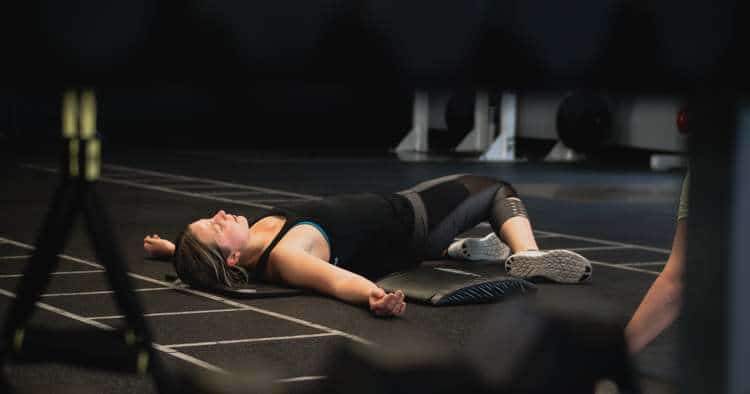Workout injuries are more common now than ever. According to a study published in the American Journal of Sports Medicine, the number of weight training injuries taking place between 1990 and 2007 is 970,000 – the number may multiply if we count the home-treated ones.
It`s bad news, especially when you know that your chances of gaining weight increases dramatically the longer you stay at home ‘inactive.’ As a personal trainer, I have dealt with many injuries —and got my fair share of some— and here are my six tips on how to overcome them.
Get enough sleep
Good sleep will increase your productivity, help you consume fewer calories, save you the risk of strokes, and help you overcome injuries. Studies show that three in every ten young athletes are injured every week but, According to the American Academy of Pediatrics, young athletes who received eight or more hours of night sleep were 68 percent less likely to pick up injuries than their poorly-sleeping peers.

Don`t Over-train
Overtraining denies your body the opportunity to adapt correctly to your exercise routine. When you over-train, you cause more of the Lactate Acid and Adenosine Triphosphate (ATP) to be released during muscle contraction causing more pain and soreness.
Signs of overtraining according to Adrian Shepard, the Director of Integrated Wellness at Winona State University are dropping in performance, increase in blood pressure, and muscle fatigue, lack of sleep and sometimes depression.
So, how to overcome overtraining? First off, don`t go all hard if you`re just a beginner. I see many amateurs get pretty excited over what they can accomplish over a short period and they assume they can pull off a five or six-day exercise week just like that (snapping my fingers).
Cross-training is also one of the best ways elite athletes do to overcome overtraining and avoid injuries. It simply means you alternate between weight lifting and cardio during the week.
So, instead of doing weights five or six days, you lift for three days and do any form or cardio to spice up your exercise life, crack through plateaus and exercise more body parts to lift the pressure off your joints and key muscles.
I love swimming, so I prefer to mix my weight days with it, but sometimes when I`m not in the mood or when it`s cold, I do indoor stuff like running and cycling. They make things more exciting, and I encourage you to do the same.
Eat and drink for Recovery
You need to refuel to increase muscle protein synthesis and compensate for all the glycogen your body used to exercise. This is why nutrition experts recommend you consume 1.1–1.5 grams/kg of carbohydrates —especially if you`re training for endurance— and 0.3–0.5 grams of protein for each kilogram in your body right after you`re done exercising.
Ask before you do
Gyms have coaches and spotters for a reason, so please ask a professional to help you build the right routine for your goals and to show you the right way to train a muscle.
Also, you should never rush to increase the weight you lift. Sometimes, you can be one move away from ripping up muscles, tearing tissues or picking up a hernia. Stuff like that will keep you hope for a quite a long time.
Never skip the warm-up
I`m a runner, I do it every day, and the easiest thing a runner can pull is a groin muscle. That`s why you should stretch to allow more blood to flow through your body, loosen your muscle fibers and increase your range of motion, so you become more flexible and less prone to injury. There are many motions you can use to loosen up, try the:
- Three-way lunge,
- Wall ankle mobilization,
- Hip bridge,
- Hamstring reach,
- Inchworm, and,
- Table twists for your shoulders and triceps.
Don`t forget to cool down
What drives me more than skipping a workout is walking home after you`ve done exercising without cooling down. You`ve spent 45 minutes or so on hard mode, so why not spend another five to fasten the muscle-repair process, bring your body temperature and heart rate to their normal levels and prevent more lactic acid from building up and causing unwanted injuries.
A proper cool down brushes away all dizziness and the stiffness you may feel after a demanding workout. It`s how not to wake up sore the following morning. To cool down, all you have to do three to five minutes of static stretches (hamstring, quadriceps, triceps, and gluteus stretch proceeded by 3-5 minutes of the same exercise you`ve been doing at a slow pace.
This means you take an extra lap at the pool at a slow pace if you were swimming or walk briskly if you were running. It will return your body to its normal state and will make you feel much less tired the next morning.
Originally published at www.stevenaitchison.co.uk


